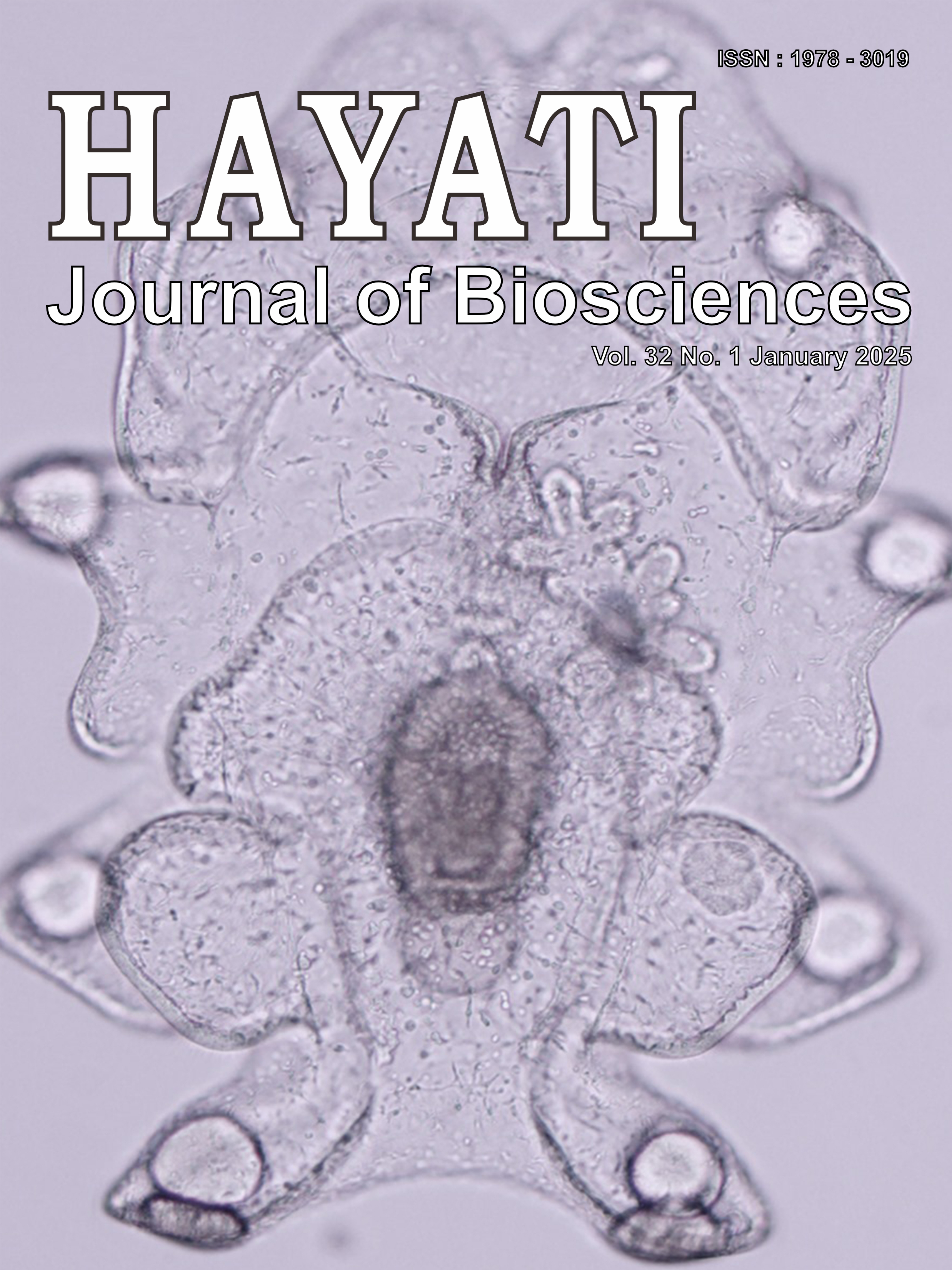Small But Healthy: An Adaptive Response in Baduy Children
Abstract
Life history explains natural selection, resulting in phenotypic plasticity that can be studied through the growth pattern (growth rate and body size). The Baduy People, one of the indigenous peoples in Indonesia, exhibit prolonged growth, a slow growth rate, a low peak growth spurt, and small adult size as an adaptation to challenging biocultural conditions. The life history trade-offs of the Baduy People are demonstrated by ontogenetic allometry, which synchronizes between skeletal growth and future reproduction. The study aims to characterize the growth of Baduy children aged 0-5 years with more precise ‘tracking’ of developmental plasticity. We collected anthropometric data (body height-BH, body weight-BW, head circumference-HC, body mass index-BMI) using a cross-sectional method from 118 girls and 97 boys aged 0-5 years across 24 Baduy Luar hamlets. Data were analyzed with Generalized Additive Models for Location, Scale, and Shape (GAMLSS) in R version 4.2.1. Nutritional statuses were categorized based on the BMI z-score. The growth pattern showed a decline in growth rate after birth until 2 or 3 years, but the body size increased yearly. The body size (BH and BW) of Baduy children is lower than the Indonesian National Synthetic Growth Charts (INSGC), but most of them have a good nutritional status (>80%). This finding is consistent with the "small but healthy" hypothesis: a small body is an advantageous evolutionary strategy for energy efficiency and maximizing growth potential in challenging biocultural conditions.
Downloads
Copyright (c) 2025 Eneng Nunuz Rohmatullayaly, Shelvie Raffiza Nasihin, Kharisma Nurinsani Maulidinda, Sinta Septi Pangastuti, Tetri Widiyani

This work is licensed under a Creative Commons Attribution-NonCommercial 4.0 International License.
HAYATI J Biosci is an open access journal and the article's license is CC-BY-NC. This license lets others distribute, remix, tweak, and build upon author's work, as long as they credit the original creation. Authors retain copyright and grant the journal/publisher non exclusive publishing rights with the work simultaneously licensed under a https://creativecommons.org/

























.png) IPB University
IPB University Department of Biology
Department of Biology The Indonesian Biological Society
The Indonesian Biological Society 

